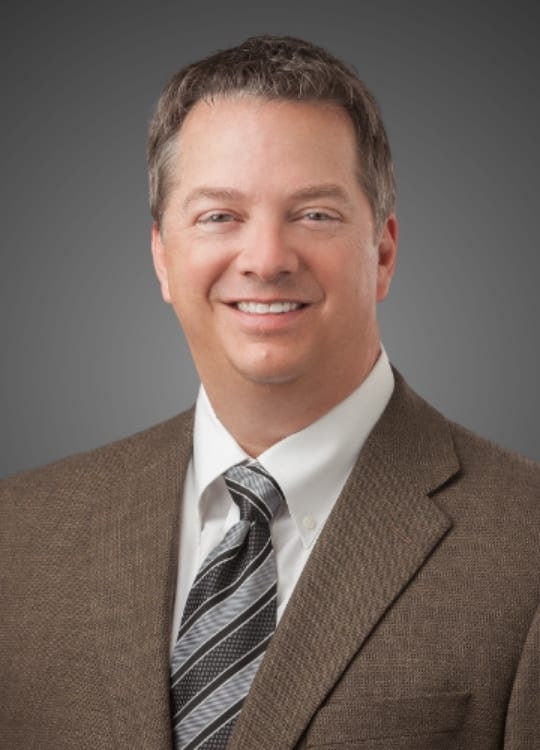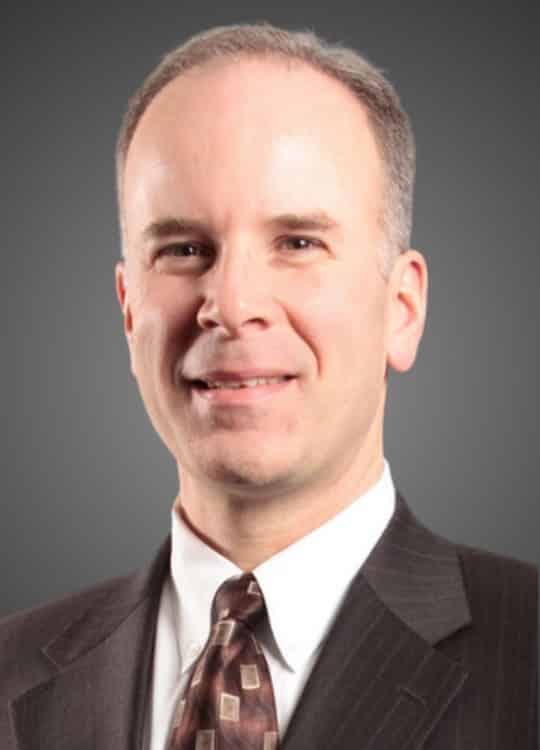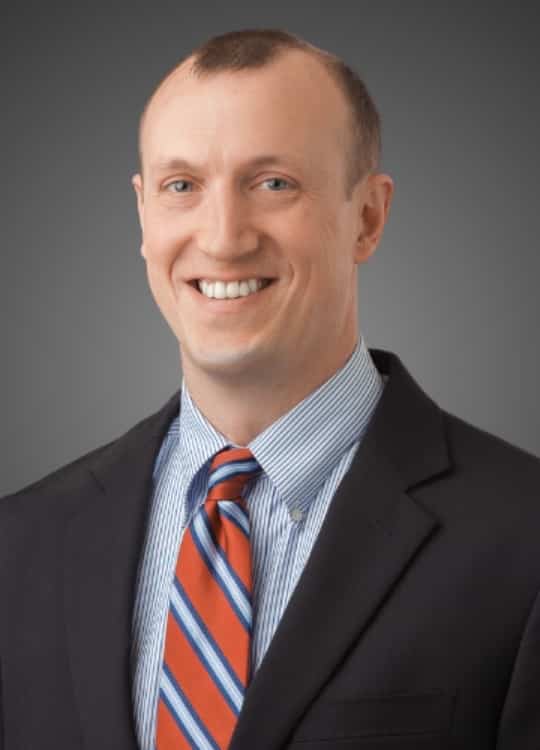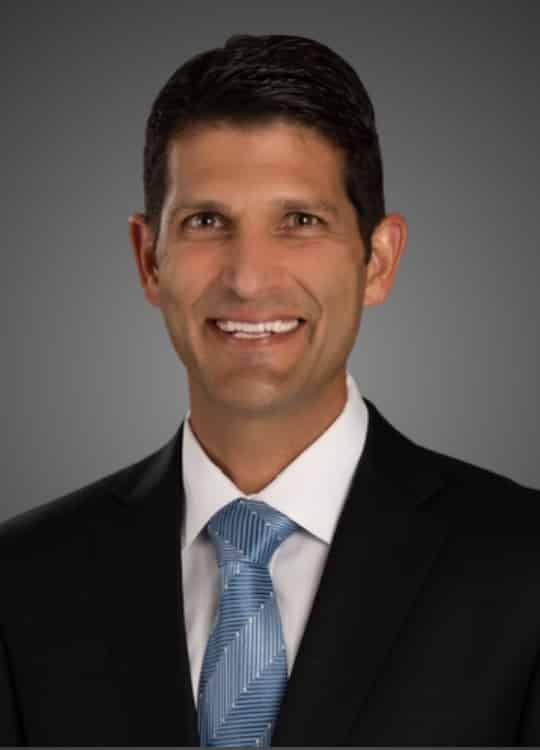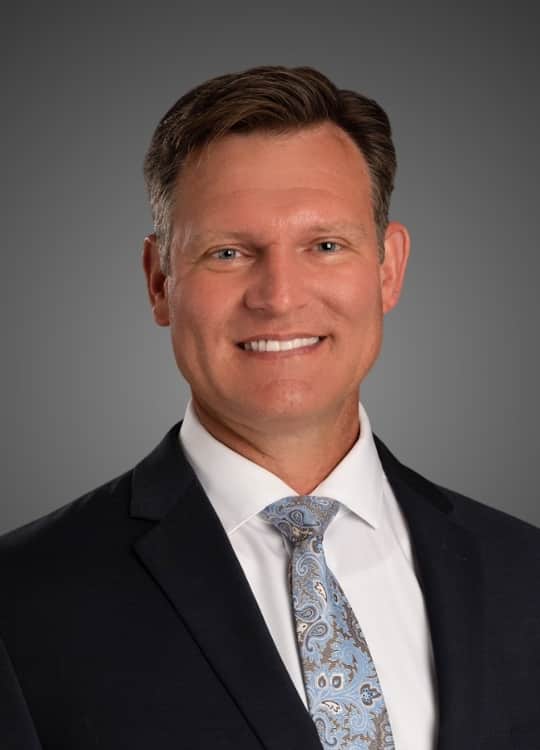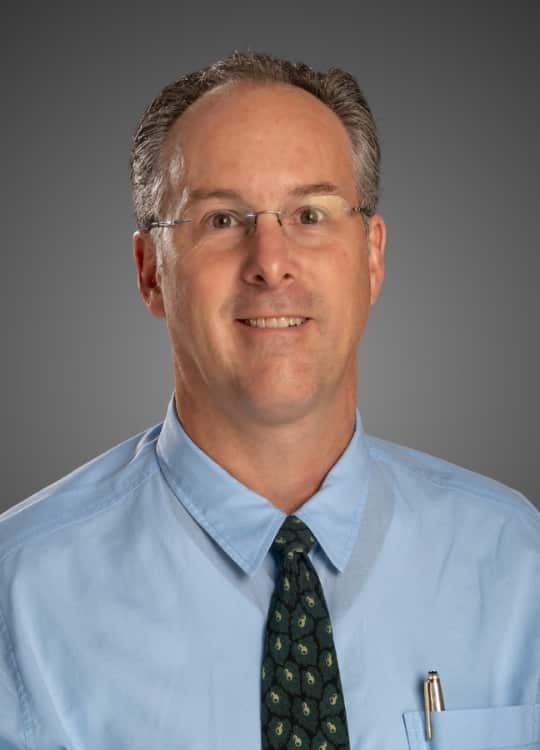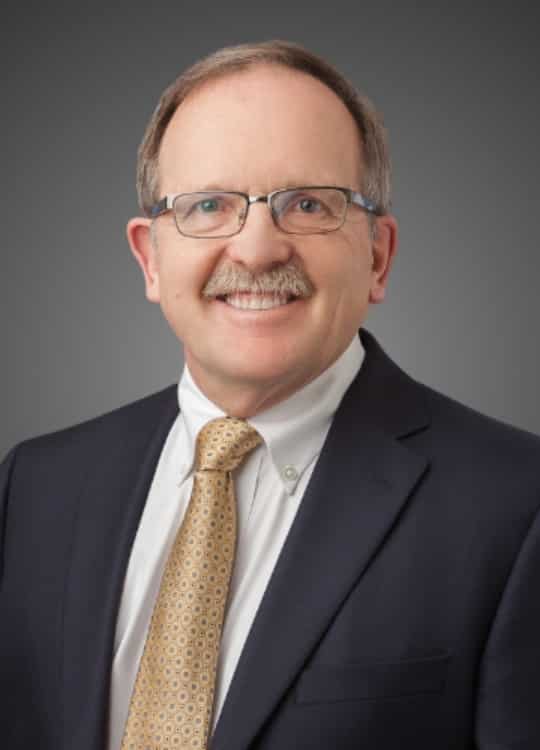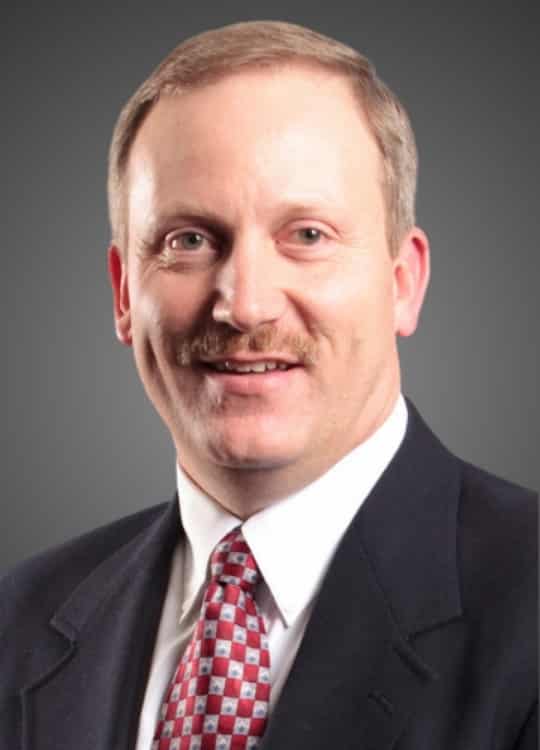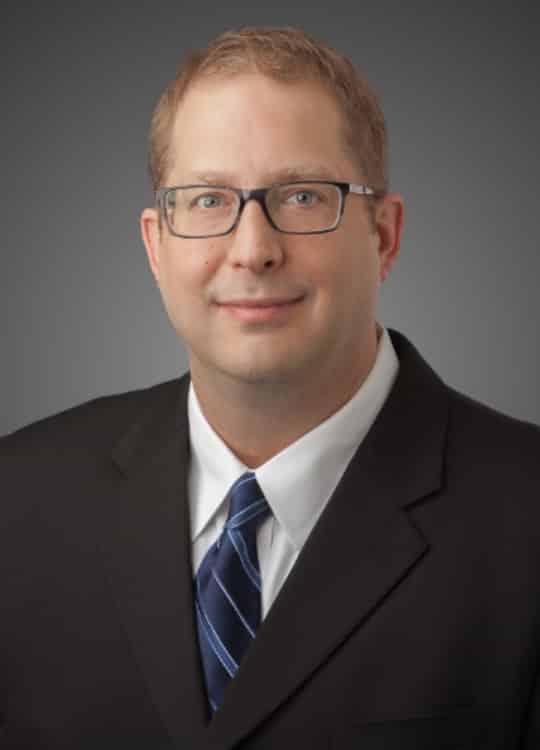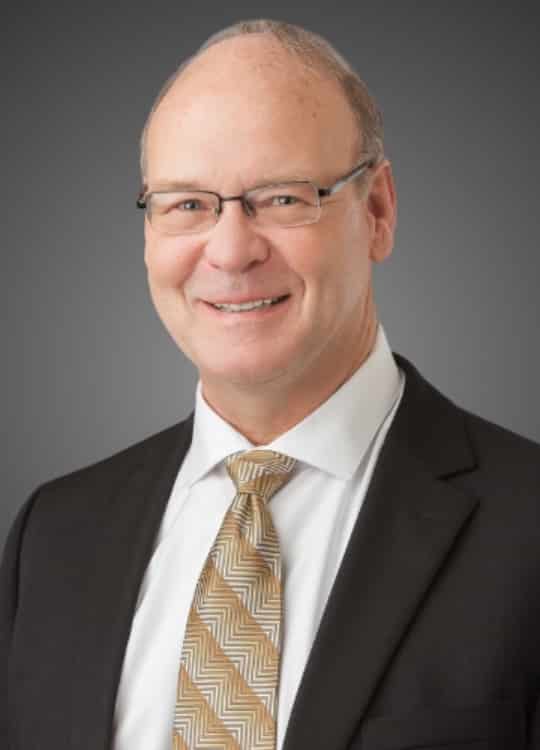Medial Ulnar Collateral Ligament Reconstruction
Ulnar collateral ligament (UCL) reconstruction, also referred to as Tommy John surgery, is used to repair a torn ulnar collateral ligament inside the elbow. A UCL is a ligament on the inner side of your elbow that helps secure your elbow joint. The goal of the surgery is to stabilize the elbow, reduce or eliminate pain and restore stability and range of motion. A UCL reconstruction surgery involves harvesting a tendon from your own body, or from a donor, and attaching it to act as a new UCL.
Anatomy
The elbow is made up of the humerus (upper arm bone), the ulna (the large forearm bone) and the radius (the small forearm bone). Muscles, ligaments and tendons hold the elbow joint together. Two ligaments —the UCL and the lateral collateral ligament—connect the humerus to the ulna and help stabilize the elbow during overhand throwing.
Some people, typically athletes who play throwing sports, may experience UCL tears that may need surgical repair.
Why is my doctor recommending a medial ulnar collateral ligament reconstruction?
The Omaha Should & Elbow Orthopedic Specialists at MD West ONE can properly recommend if a medial ulnar collateral ligament reconstruction is the best course of action based on your symptoms and situation. If you have the following symptoms, you may want to make an appointment with one of our Board Certified Specialists.
- Feeling or hearing a “pop” in the arm
- Pain on the inside (medial) part of the elbow
- Decreased elbow motion
- Inability to throw a baseball, softball, or other objects
- Decreased throwing velocity, control, and/or stamina
What causes an ulnar collateral ligament injury?
UCL injuries often happen during sports and fitness activities that can put stress on the inside part of the elbow. Some of these activities include:
- A direct blow to the outside of the elbow that makes the elbow collapse inward
- Landing on the arm during a fall
- Repetitive throwing or other overhead motions
There are a number of factors that increase your risk of a medial ulnar collateral ligament injury:
- High number of throws in a single day or back-to-back days
- Improper throwing form
- Participation in sports that require weight bearing on the arms (gymnastics)
- Participation in contact sports where other athletes can fall into your elbow (football, wrestling, etc.)
- Throwing at very high velocities
- Year-round throwing without allowing a period of downtime for the arm
Treatment
Most UCL tears are treated with conservative measures such as rest, ice, and over-the-counter pain medications. Physical therapy to strengthen surrounding muscles is also an effective route when trying to reduce the likelihood of a tear if you are at risk. However, high-level athletes who sustain a severe injury or want to resume strenuous overhead or throwing activities do benefit from having the procedure as soon as possible after their injury.
Procedure
Medial ulnar collateral ligament reconstruction is typically an outpatient procedure which means you can usually return home the same day. It is performed under general anesthesia and may last anywhere from 60 to 90 minutes.
Harvesting the Graft
The tendon used to replace the torn UCL is called a graft. It can be harvested from various parts of your body or from a donor. A graft is typically taken from one of the following tendons:
- Palmaris longus tendon from the forearm
- Hamstring tendon
- Big toe extensor tendon
Cleaning Out the Joint
To access the elbow joint, a three- to four-inch incision is made on the outside of your elbow. Once muscles and other tissues are moved out of the way, your surgeon can assess the damage. Any damaged tissues are removed. Sometimes the surgeon will attach the remnants of the original ligament to the graft, reinforcing the structure.
Securing the Graft Inside the Elbow
To attach the new tendon, holes are drilled in the two bones originally connected by the UCL: the upper arm bone (humerus) and the lower arm bone (ulna). Next, the graft tendon is threaded through these holes and secured by sutures, buttons or screws.
There are several techniques of threading the tendon through the bones. The most common ones are the docking technique and the figure-eight technique. New, less invasive techniques are also being developed by researchers.
Rehabilitation
The rehabilitation protocol after a Tommy John surgery typically involves three phases. The length of each phase will vary from patient to patient, depending on how fast the tissues are healing.
Right after the surgery, the elbow is secured in a brace at a 60- to 90-degree angle. The goal is to protect the healing tissue and reduce inflammation. You can start physical therapy right away, focusing on your wrist, fingers, shoulder and biceps to help avoid muscle atrophy.
One or two weeks after the surgery, you can start moving your elbow joint. Your doctor may put you in a hinged brace that can be locked at a certain angle when you are not exercising. You can also wear an arm sling for comfort. Physical therapy at this stage focuses on gradually increasing your range of motion in the elbow.
By the end of the first month, you may be able to fully extend your elbow and eventually stop wearing the brace. With regular physical therapy, most patients regain their normal range of motion in the elbow in two to four months after the surgery.
If you are an athlete, you may need a longer rehabilitation before you can return to your sport. In most instances, a throwing athlete can gradually return to competitive throwing between six and nine months following a Tommy John Surgery. It’s important to continue an aggressive strengthening and stretching program during and after return to your sport. It routinely takes nine months to one year (or longer) for an athlete to return to competition.
Risks and Complications
Like most surgeries, the UCL reconstruction comes with the risk of infection and issues related to anesthesia. Complications after this procedure may include nerve or blood vessel damage. This damage may lead to temporary or permanent numbness or weakness.
Stretching or even a rupture of the graft is also possible. In these cases, a new graft may be used to perform a second reconstruction. Potential complications may also arise from the graft harvesting site, but they are also rare and can usually be resolved with medication.
In addition, the ulnar nerve may be irritated as a result of the elbow injury. The UCL is located on the inner side of the elbow, which is also where the ulnar nerve passes around the elbow joint. It may need to be moved in front of the elbow joint to help prevent further irritation.



